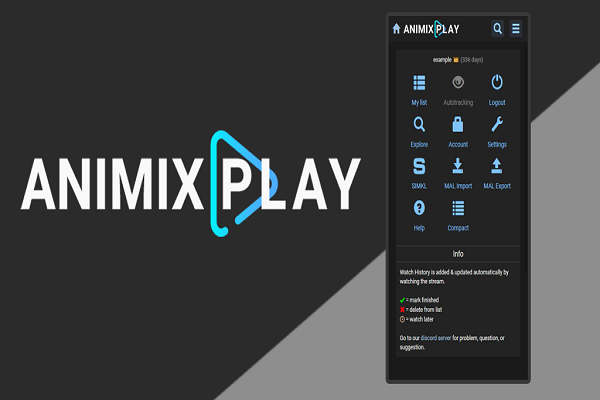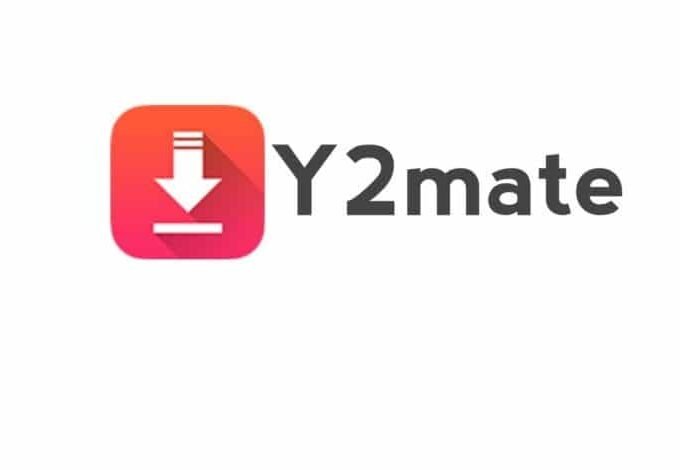Cloud computing has spread to a broad spectrum of industries since its inception and has proven its ability to assist businesses and lead them to great success.
Cloud computing can build a large section of the IT industry by making software more appealing as a service and influencing how IT hardware is produced and acquired. Developers with unique ideas for new Internet services no longer need to invest large sums of money on hardware or human resources to execute or maintain their service.
Introduction to Cloud Computing
The ability to provide computing services through the internet is referred to as computing. Computing services ranged from servers to storage, databases, networks, software, and analytics, among other things. Compared to the conventional method of processing data that is used on-premises facilities, cloud computing allows its customers to operate virtually.
In other terms, cloud computing refers to the distribution of hosted services through the internet as a whole. One of the numerous types of services is online file or photo-sharing via Google Drive.
Cloud computing can be divided into two parts: The cloud and the computing. “The Cloud” is the deployment model of the strategy. While “the Computing” is the service model of the cloud strategy. Explore the best cloud computing courses, since it is an unavoidable step for anyone seeking big achievement and prosperity in the digital world.
Types of Cloud Computing Deployment Models
Cloud service deployment models might vary depending on the specific demands of organizations:
- A Public Cloud application is fully cloud-deployed, with all aspects of the application running in the cloud. Because a service provider primarily offers the Public system. The corporation is not responsible for server maintenance.
- On-premises or Private Cloud: The cloud is a sort of infrastructure that only serves one company. Typically, the company will maintain and create its own data centers. As a result, this sort of cloud system has a higher level of security than the Public. However, the company must be capable of organizing, storing, and employing the data.
- Organizations can adapt the Hybrid Cloud to mix and benefit from both deployment methodologies. The hybrid deployment connects infrastructure and applications between cloud-based resources and on-premises resources that are not cloud-based, allowing users to enhance the capability or capacity of a service through combination, interconnection, or modification with another cloud service.
Types of Cloud Computing Services
Cloud computing services are classified into three types: Software as a Service (SaaS), Platform as a Service (PaaS), and Infrastructure as a Service (IaaS).
SaaS (Software as a Service):
SaaS enables businesses to access application software and databases without having to worry about maintaining and managing the infrastructure. A third party will control all the hardware installation, provision, and administration, as well as software license and assistance, and will make it available to end-users over the internet.
Platform as a Service (PaaS):
Organizations have control over the deployed applications and can configure the parameters for the application-hosting environment, excluding the interface, servers, operating systems, and storage, using PaaS. This means that application developers can create and run their software solutions on a platform while incurring minimal fees and bearing no responsibility for administering the underlying system.
Infrastructure as a Service (IaaS):
IaaS is often referred to as Hardware as a Service. The service model gives organizations flexibility by delivering computer infrastructure on an outsourced basis to support enterprise operations. IaaS providers provide clients with fundamental, virtualized IT features. These features are also stored, operated, and maintained for the clients by the service providers.
Key Techniques of Cloud Computing
Using Google’s computing techniques as an example, we would summarize the essential techniques utilized in cloud computing, such as data storage technology, data management technology, programming paradigm, and task scheduling model.
Data storage technology – Google File System (GFS)
Google File System (GFS) is a proprietary distributed file system designed for usage by Google Inc. It is intended to enable efficient, dependable data access by utilizing massive clusters of commodity hardware. GFS is built for Google core data storage and usage requirements, which can generate enormous volumes of data that must be kept. Files are partitioned into 64-megabyte chunks.
There are two types of nodes: one Master node and a massive number of Chunk Servers. The data files are stored on chunk servers, which are divided into fixed-size chunks of around 64 megabytes, similar to clusters or sectors in file systems. Each chunk is given a distinct 64-bit label, and logical alignments of files to component chunks are stored. Each chunk is cloned multiple times throughout the system, with a minimum of three, but more for files that are in high demand or require more stability.
Bigtable
A scattered, dispersed, persistent multidimensional sorted map is referred to as a Bigtable. A row key, column key, and timestamp are used to index the map. Each element in the map is an indecipherable array of bytes.
Chubby, a highly available and persistent distributed lock service, is used by Bigtable. A Chubby service is made up of five active replicas, one of which is designated as the master and actively serves requests. When a majority of the replicas are up and running and can communicate with one another, the service is considered live.
The first level is a Chubby file that holds the location of the base tablet. In a specific METADATA table, the base tablet contains the position of all tablets. The location of a collection of user tablets is stored on each METADATA tablet. The root tablet is simply the first tablet in the METADATA table. Still, it is treated differently—it is never separated, ensuring that the tablet location hierarchy does not exceed three levels.
Map-Reduce Programming Model
Google Map-Reduce is a patented software framework designed to support distributed computing on substantial data sets present on computer clusters. Although the Map-Reduce framework is driven by the map and reduce algorithms often used in functional programming, their role in the Map-Reduce paradigm differs from their original forms. C#, C, Java, Erlang, Python, F#, Ruby, R, and other programming languages have produced Map-Reduce libraries.
Map-Reduce is a system for processing massive datasets on certain types of distributable issues using large machines, referred to as a cluster. Computational processing can take place on data saved in a disc or a database.
Map
The central node receives input, divides it into distinct sub-problems, and sends them to worker nodes. A worker node may repeat this process, resulting in a multi-level tree structure. The worker node solves the smaller issue and returns the solution to its central server.
Reduce
The central node then returns the solutions to all the sub-problems and merges them to determine the outcomes.
Conclusion:
Cloud talents are in high demand, to the point where some analysts believe a cloud profession is almost enduring. Although the future is uncertain, the route to the present provides a compelling picture.
Check out the postgraduate program in cloud computing from Great Learning. It has one of the best curriculums and assists students in becoming fully-fledged Cloud professionals. You can apply for an online course or class teaching sessions based on your preference, as the programs are designed to suit students from all walks of life and educational backgrounds.







Leave a comment